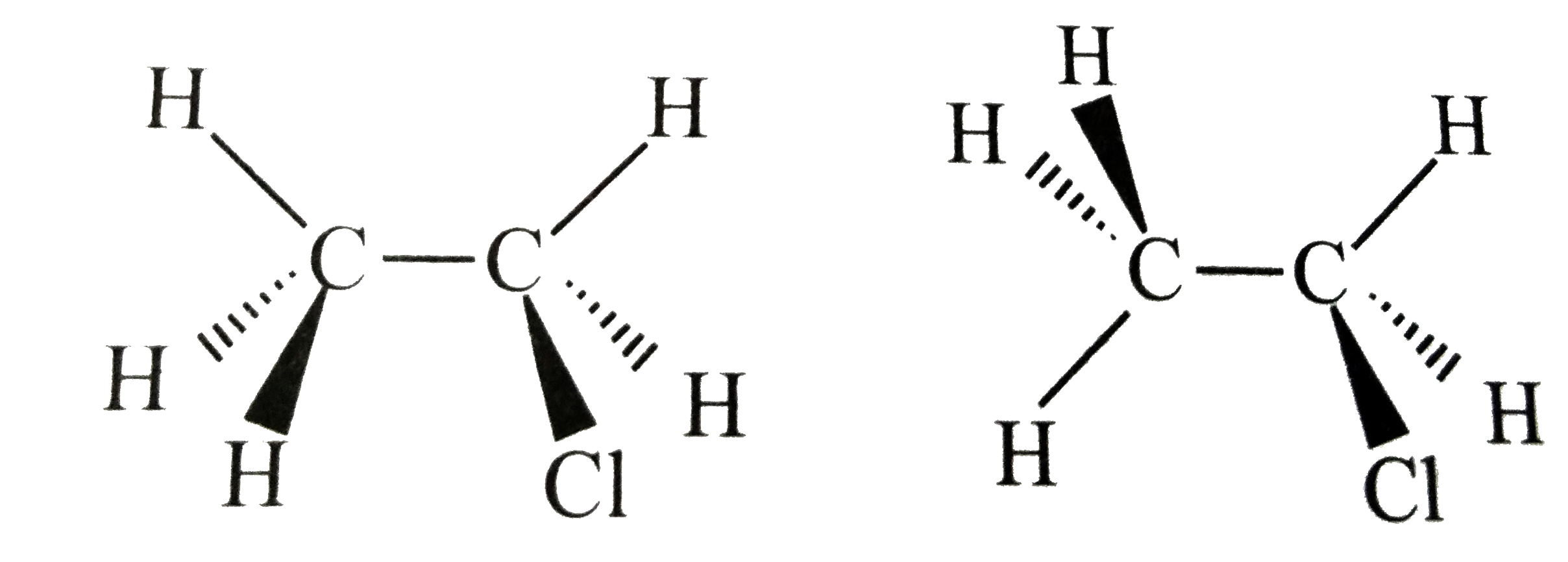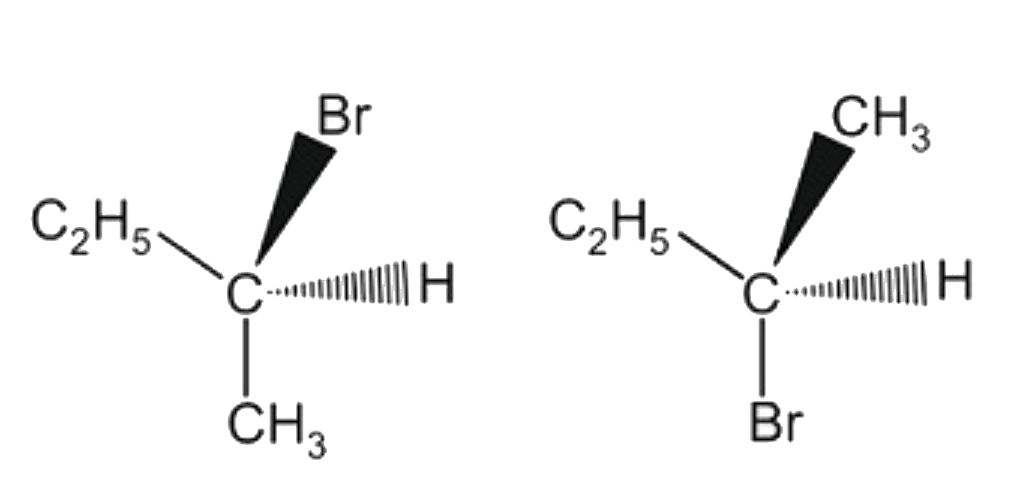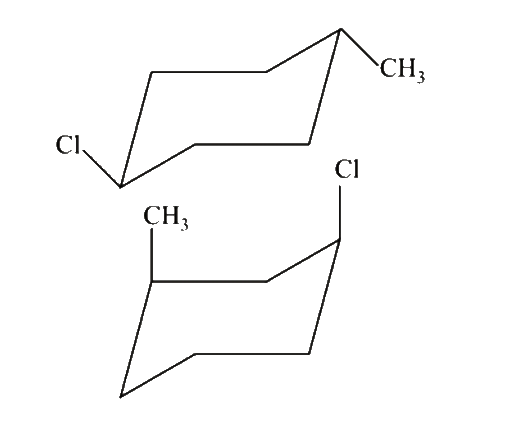What is the approximate relationship between the heat of vaporisation and the boiling point of a liquid?
To determine the approximate relationship between the heat of vaporization and the boiling point of a liquid, we can follow these steps:
1. Understanding Heat of Vaporization:
- The heat of vaporization (ΔH_vap) is the amount of energy required to convert a unit mass of a liquid into vapor without a change in temperature.
2. Understanding Boiling Point:
- The boiling point of a liquid is the temperature at which its vapor pressure equals the external pressure surrounding the liquid, causing it to change from liquid to gas.
3. Troughton's Rule:
- Troughton's rule provides a relationship between the heat of vaporization and the boiling point of many liquids. According to this rule, the change in entropy (ΔS) during vaporization is related to the heat of vaporization and the boiling point temperature (T).
4. Mathematical Expression:
- The relationship can be expressed as:
ΔSvap=ΔHvapT
- For many liquids, this relationship can be approximated as:
ΔHvap≈85J/mol⋅K
- When converted to calories, this value is approximately:
ΔHvap≈21cal/mol⋅K
5. Exceptions:
- It is important to note that this relationship does not hold for all liquids. Liquids that exhibit strong intermolecular forces, such as hydrogen bonding (e.g., water, ethanol, formic acid), may have entropies of vaporization that deviate significantly from the predicted values.
6. Conclusion:
- Therefore, the approximate relationship between the heat of vaporization and the boiling point of a liquid is given by Troughton's rule, which states that for many liquids, the heat of vaporization is approximately 21 cal/mol·K.
- The heat of vaporization (ΔH_vap) is the amount of energy required to convert a unit mass of a liquid into vapor without a change in temperature.
- The boiling point of a liquid is the temperature at which its vapor pressure equals the external pressure surrounding the liquid, causing it to change from liquid to gas.
- Troughton's rule provides a relationship between the heat of vaporization and the boiling point of many liquids. According to this rule, the change in entropy (ΔS) during vaporization is related to the heat of vaporization and the boiling point temperature (T).
- The relationship can be expressed as:
ΔSvap=ΔHvapT
- For many liquids, this relationship can be approximated as:
ΔHvap≈85J/mol⋅K
- When converted to calories, this value is approximately:
ΔHvap≈21cal/mol⋅K
- It is important to note that this relationship does not hold for all liquids. Liquids that exhibit strong intermolecular forces, such as hydrogen bonding (e.g., water, ethanol, formic acid), may have entropies of vaporization that deviate significantly from the predicted values.
- Therefore, the approximate relationship between the heat of vaporization and the boiling point of a liquid is given by Troughton's rule, which states that for many liquids, the heat of vaporization is approximately 21 cal/mol·K.
Topper's Solved these Questions
- STATES OF MATTERBOOK - CENGAGE CHEMISTRY ENGLISHCHAPTER - STATES OF MATTEREXERCISE - Illustration
2 Videos
- STATES OF MATTERBOOK - CENGAGE CHEMISTRY ENGLISHCHAPTER - STATES OF MATTEREXERCISE - Exercises
21 Videos
- SOME BASIC CONCEPTS AND MOLE CONCEPTBOOK - CENGAGE CHEMISTRY ENGLISHCHAPTER - SOME BASIC CONCEPTS AND MOLE CONCEPTEXERCISE - Archives Subjective
11 Videos
- STOICHIOMETRYBOOK - CENGAGE CHEMISTRY ENGLISHCHAPTER - STOICHIOMETRYEXERCISE - Archives Subjective
33 Videos
Similar Questions
Define normal boiling point of a liquid.
View SolutionWhat is the effect of pressure on the boiling point of a liquid ?
View SolutionWhat is the relationship between the structures shown ?

View SolutionWhat is the relationship between the structure below?

View SolutionWhat is the relationship between (I) & (II)

View SolutionWhat is the relationship between KpandKc ?
View SolutionDistinguish between the boiling point of a liquid and the normal boiling point of a liquid.
View SolutionWhat is the stereo chemical relationship between the given compounds ?

View SolutionExplain what do you know about the boiling point of a liquid.
View SolutionWhat is the relationship between the two structures shown ?

View Solution
